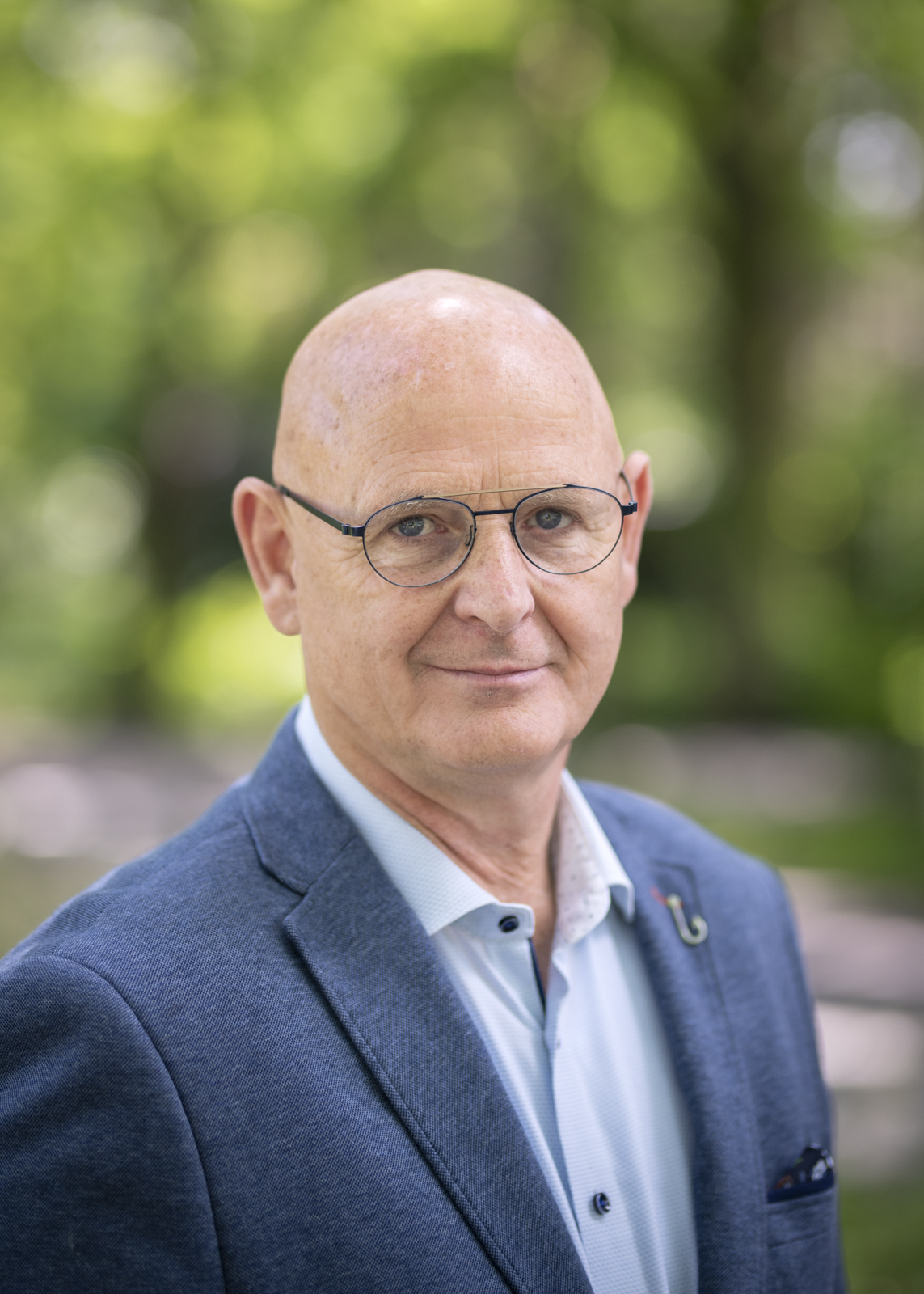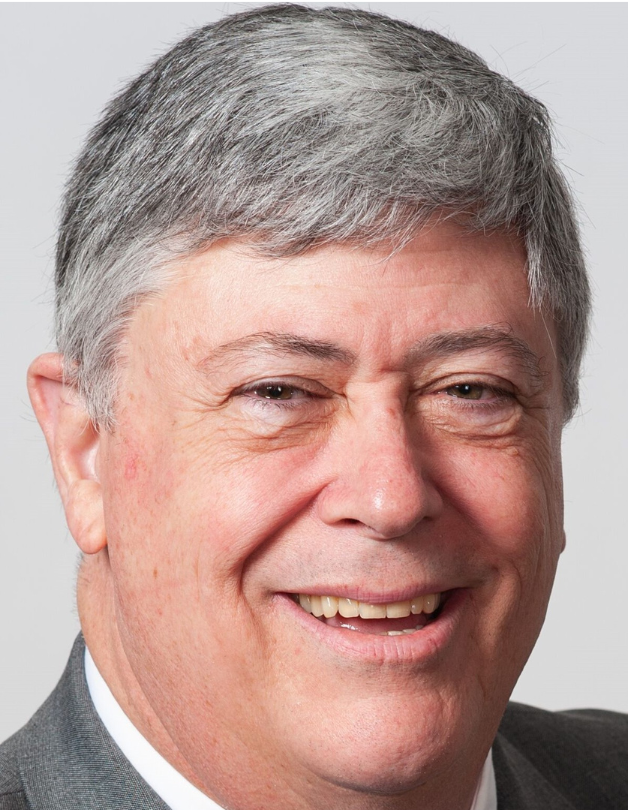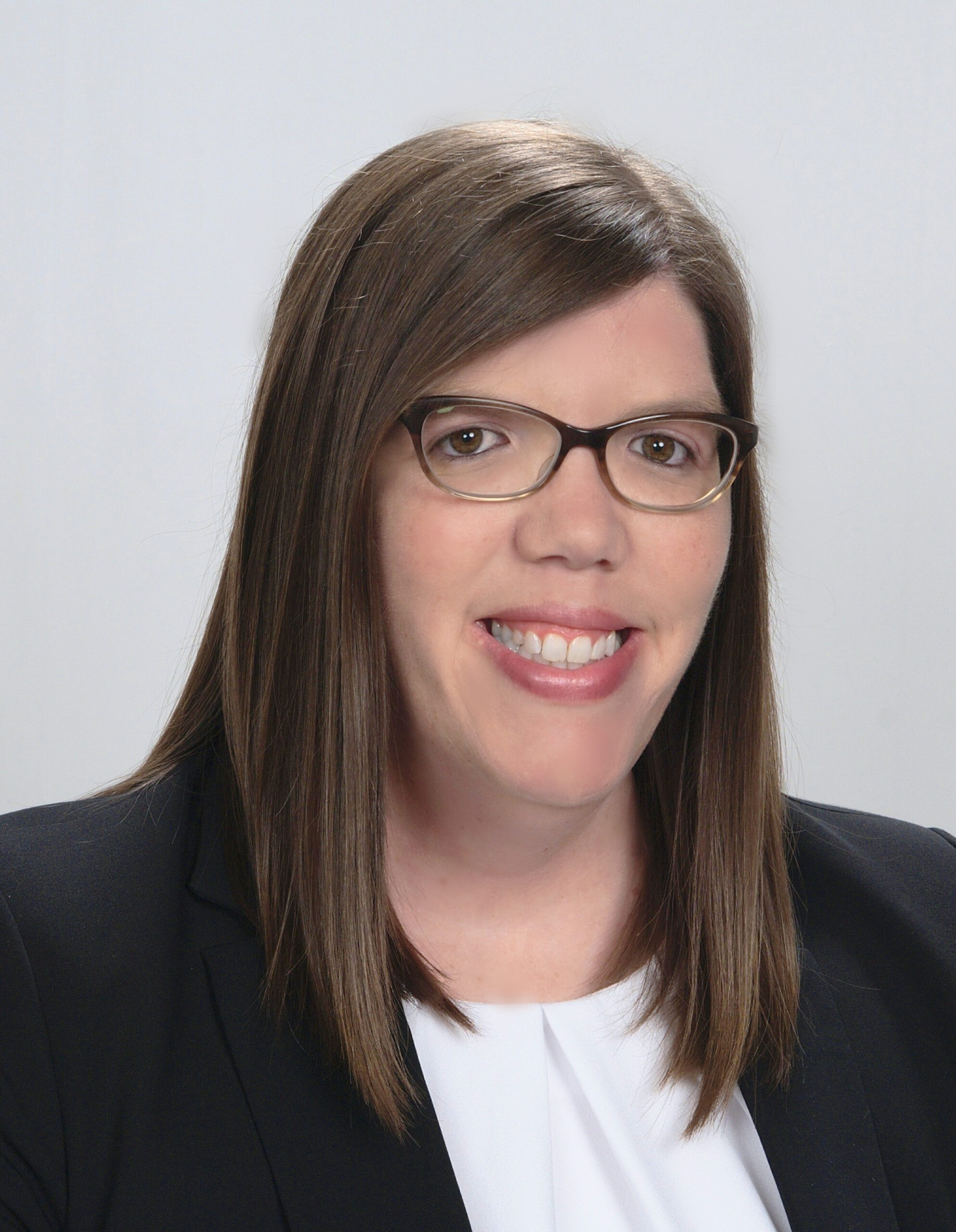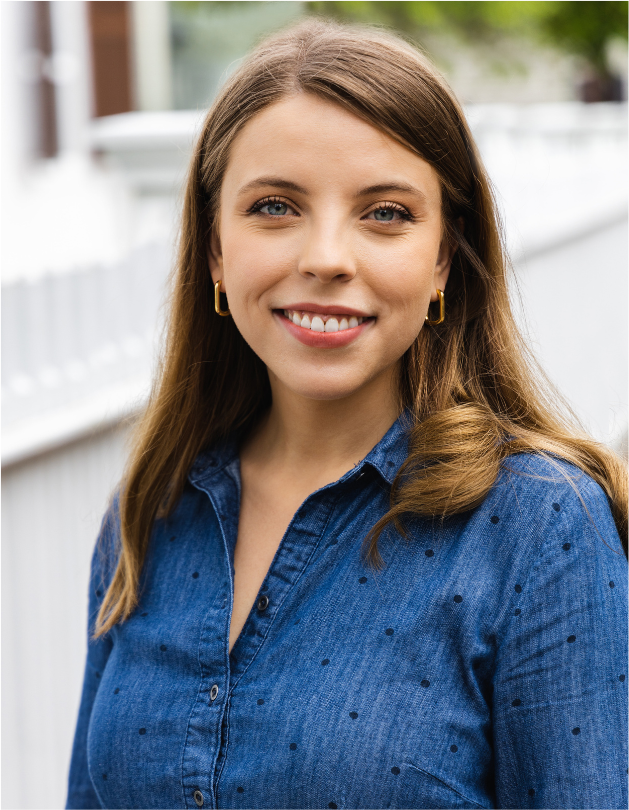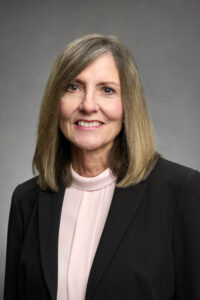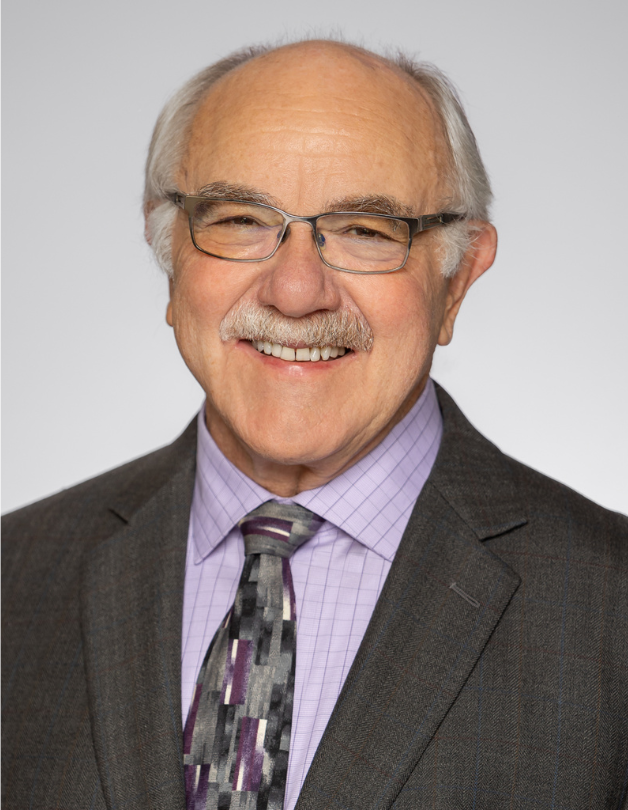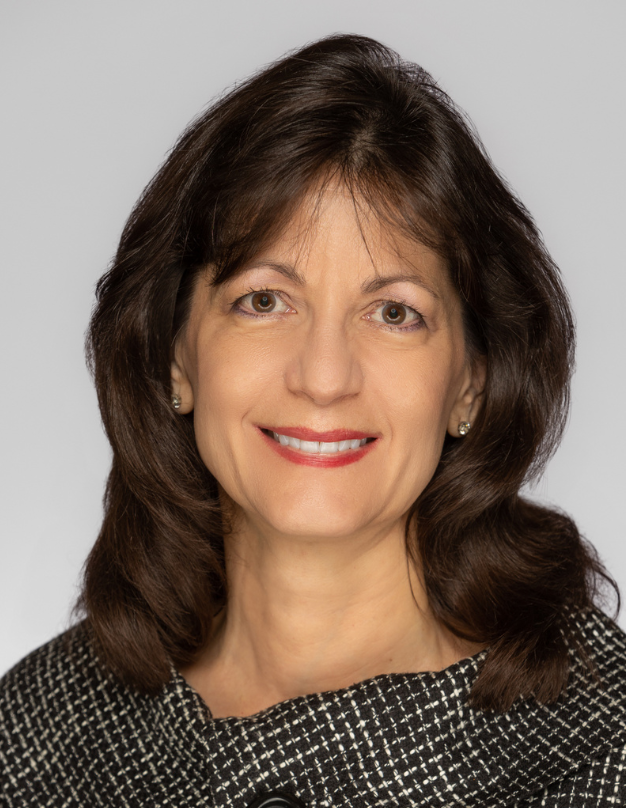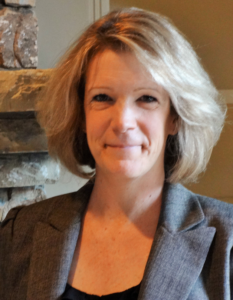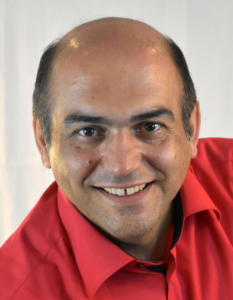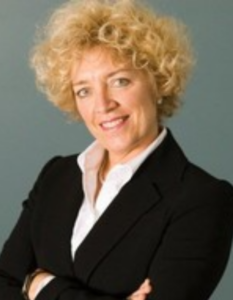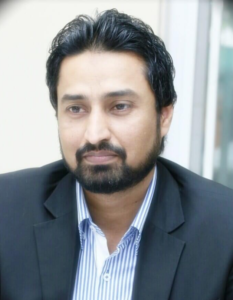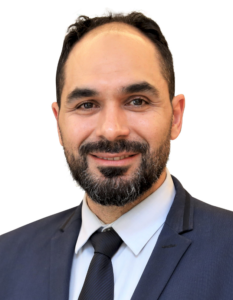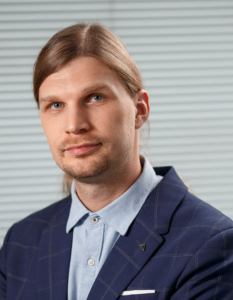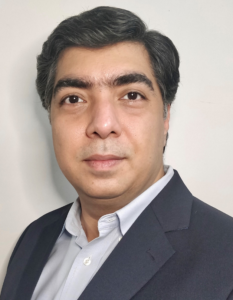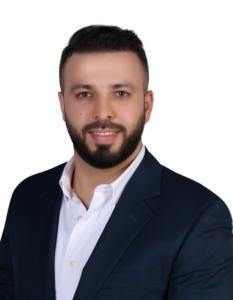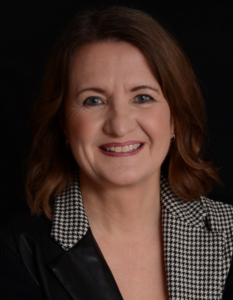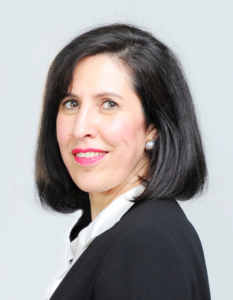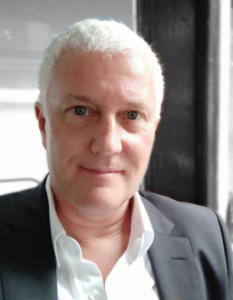Your cart is currently empty!
Cloudy with a Chance of Budget Approval
Ten Straightforward Steps to Complete an ROI Forecast to Build a Better Business Case for an Unanticipated Learning Program.
Jack J. Phillips, Ph.D., and Patti P. Phillips, Ph.D.
This article was originally published on November 17, 2020, on ChiefLearningOfficer.com.
As a result of the COVID-19 crisis, many executives predict the global economy will be in a recession for most of 2021. When there is uncertainty, anxiety, or volatility in the global economy, there is a tendency to prepare for the unknown by having a tighter ship and leaner budget. This translates into significant budget controls and, consequently, budgets will be scrutinized and challenged. Many will face reductions and some budgets will even be eliminated entirely. Most learning and development professionals realize it will be difficult to secure the approval of programs and projects in the future.
But what happens if you have a definite need for a program, and no budget is available for new projects? There may only be one option to pursue: Show your executives the value the new program can deliver compared with the cost. An ROI forecast will show the monetary value of the proposed program compared with the proposed cost of the project. ROI forecasting is a critical tool for learning professionals, as program sponsors need evidence that the program will be successful before they are willing to invest in it.
In addition to budget approval, forecasting the outcomes may be important to ensure that adjustments can be made or alternative solutions can be investigated. This forecast can be simple, relying on the individuals closest to the situation, or it can be a more detailed analysis of the situation and expected outcome.
After the pandemic, organizations will require an ROI forecast before unexpected or significant projects and programs are approved or funded. Forecasting reduces uncertainty, and sponsors want to remove as much uncertainty as possible from projects and act on the best data available. Without data that shows your programs make a difference, it is difficult even to argue to keep the budget.
If there is a significant positive value-add, it may convince executives to move forward and implement your program, even if it’s unexpected. The challenge is to make a compelling business case, one that will convince even the most conservative executive or CFO to allocate funds for a new program. The key to successful ROI forecasting is to be conservative with analysis and credible with the conclusions.
Following is a series of straightforward steps learning professionals can take to complete an ROI forecast for a program that was not expected. This includes how to connect the proposed program to the business measures that will improve if the program is implemented and how the monetary value of the improvement is calculated. When the monetary value of the projected improvement is compared with the projected cost of the program, a financial ROI is forecasted.
Think chain of value
It is important to understand how success is achieved. How do you deliver more productivity or improve quality, increase retention, or reduce incidents? These are the measures needed for the forecast. They are improved by having the right solution implemented with the proper design and focus. The amount of improvement in the measures caused by the program can always be pinpointed. The success follows a chain of value, outlined below.

The approach
The approach to preparing an ROI forecast for your program involves several straightforward steps, which follow.
Step No. 1: Start with “why” and connect to the business measure. The program should begin with the problem defined by a business measure or an opportunity defined by a business measure. The key is to understand why the program is needed. What business measure will improve if you implement the program? Pinpoint one or more business measures already in the system that should improve as a result of the program. This is absolutely necessary when forecasting the financial ROI.
Step No. 2: Make sure you have selected the right solution. If you are implementing a learning program, you need to make sure the program will drive the business measure. Determine how to improve the business measure by identifying the cause of the problem and explore various approaches to address the opportunity. This may involve questions, discussions, analysis, or benchmarking. The key is to make this connection to business needs.
Step No. 3: Expect success for the project. This involves developing objectives at four levels for how you want participants to make the program successful. These four levels focus on:
- Expected reaction to the program.
- Expected learning, what participants should learn.
- Expected application, what participants should be doing with what they’ve learned.
- The experts will estimate the impact that the application of the learning should have on the business measure identified at the beginning of the project. The precision for the objective for level 4 will come in the next step.
Step No. 4: Estimate the impact of this program on the business measure. Using the best experts, who understand the program (content) and where the people are working (context), ask them to estimate the impact on the business measure from this particular program. The experts may be the requestors for the program, the person who understands the need, the supplier or someone who has a benchmarking study.
Step No. 5: Adjust the impact for error. Using a simple question — “What is your confidence in your estimate on a scale of zero to 100 percent?” — the error can be removed. That percentage is multiplied times the estimate, and this effectively reduces the number by the error in the estimate.
Step No. 6: Convert the impact data to money. The good news is for measures that matter to the organization, there are probably already monetary values available. If not, there should be experts who can help you with this value. Or you may need to use techniques such as standard values, historical costs or external databases.
Step No. 7: Estimate the cost of the program. Typically, this is easy to do. To be credible, the costs should include all direct and indirect costs. If in doubt, include the cost. This will ultimately enhance the credibility of the forecast.
Step No. 8: Identify the intangibles. The intangibles are measures that we cannot convert to money, credibly, with minimum effort. We choose not to convert these measures to money, but they are still important. They are measures such as teamwork, collaboration, image and stress. They are not included in the ROI calculation but are connected to the program.
Step No. 9: Calculate ROI. We suggest the two most common ROI calculations be used: benefit-cost ratio and return on investment, expressed as a percentage.


Also, perform a little sensitivity analysis by showing how the ROI changes with different estimates and assumptions.
Step No. 10: Present the results. The ROI forecast is presented to the management team to secure approval. Six types of data are presented as estimates (reaction, learning, application, impact, ROI and intangibles). The key is to use storytelling with data to make the case.
If the project is approved, be prepared to conduct a follow-up evaluation. It rarely happens that a forecast is presented and approval is secured without an actual follow-up ROI evaluation later. Ideally, you would like for the forecast ROI to be less than the actual calculated ROI. That will show that you are conservative in your analysis and you are on target with the process.
So, there you have it — 10 simple steps to forecast the ROI. The concept of forecasting ROI is now becoming common in many organizations. We know several program managers who say they cannot implement a major program now unless they provide an ROI forecast.
Case study: customer retention program
Here’s an example to illustrate how an actual ROI forecast is calculated.
This particular organization would like to reduce the number of customers who are deciding not to continue the annual service contracts and canceling their contracts. Participants of the program include the customer service staff, and the solution selected is designed to retain customers who are canceling contracts. The program focuses on teaching the customer service representatives a skill set to convince the customer to continue the contracts for another year. The forecast of the ROI is calculated in five parts:
1. Identify the unit of measure that will be improved by the program, such as one new customer, one absence, or one accident. In this case, the unit measure is one additional year on a contract. (See Step 1.)
Unit of measure: 1 additional year
2. Determine the value of the unit (V). This value can be found in organizational records or provided by an internal expert. Sometimes the value can be developed from external studies. In this case, the value of an annual contract is $121 average profit and was provided by the market research team. (See Step 6.)
V = $121 (average profit per year)
3. Determine how much improvement will be realized if this program is conducted (△P). This estimate can be obtained from internal experts. In this case, experts suggest this program will result in an average increase of 14.6 one-year contracts per month after the adjustment for error. (See Step 5.)
△P = 14.6 per month
4. Annualize the estimate for short-term solutions (A△P). Most learning and development programs will have short-term solutions, and one year is used. If the program involves a long-term solution, is very expensive or conducted over a long period of time, there would be multiple years of benefits, but at least one year is used. In this case, one year is used and the annualized improvement is calculated.
A△P = 14.6 x 12 = 175.2
5. Calculate the annualized program benefits from the program improvement.
A△P x V = 175.2 x $121 = $21,199
The anticipated virtual workshop cost is $16,300. The ROI forecast can be calculated using the total projected benefits and the program costs, according to Step 9. The BCR and ROI are calculated using the standard formulas shown below:


Gaining serious capability in conducting ROI evaluations and ROI forecasting can prevent your budgets from being cut or, worse, eliminated. Recessions can have lasting effects on many organizations, not only in terms of keeping budgets in check but in demanding up‐front accountability before new programs are implemented.
Be proactive about forecasting and evaluation. Take on the challenge of building these skill sets to better position your programs and your organization for success in times of economic uncertainty.
For an example of an ROI forecast, including the follow-up evaluation, please contact ROI Institute at info@roiinstitute.net.



